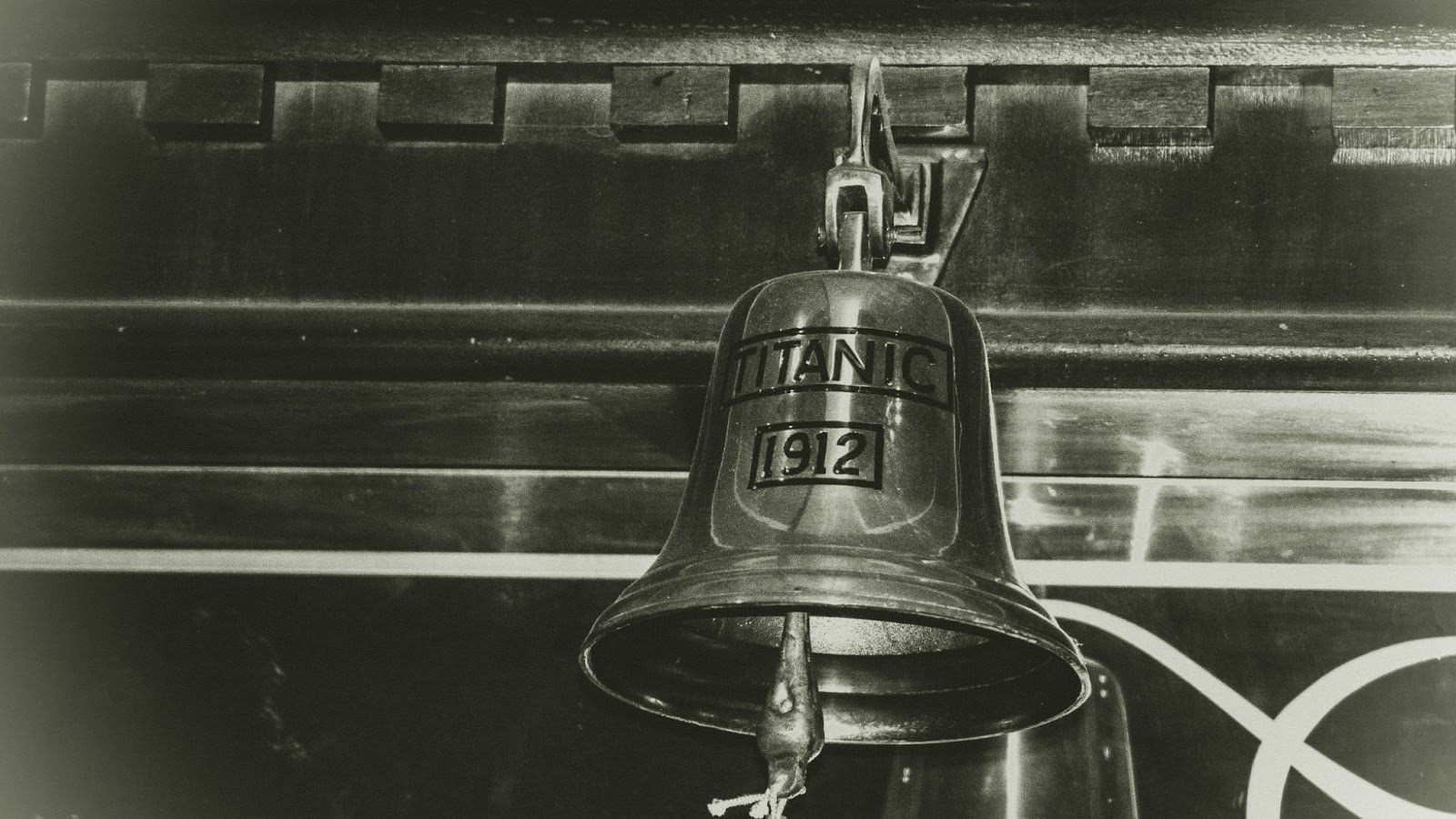According to numbers released last fall by the Federal Survey of Consumer Finances, the average household net worth of Americans in their 50s now exceeds $1 million. During the pandemic years of 2019-2022, the median net worth of American households reached $192.900, an increase of 37% when adjusting for inflation. This represents the most significant increase yet recorded by the Federal Survey of Consumer Finances and has been caused by rising home values and stock ownership.
Overall averages are up. For Americans in their late 30s, the average is $500 thousand; for those in their 40s, it is $750 thousand. This does not, however, mean that Americans should expect to meet these thresholds reliably as they reach different life milestones. The numbers include the super-rich, and the top 1% of Americans control more wealth than the entire middle class combined, which has a powerful effect on the math. These projections point more to economic trends than an individual’s lived experience.
For those navigating their early twenties in America, aged 20 to 24, financial landscapes show a curious dichotomy. While the average net worth floats around an impressive $120 thousand, the median tells a humbler tale, sitting at just $10 thousand. This intriguing gap reveals that for half of these young Americans, their net worth doesn’t even cross the $10 thousand mark. On the flip side, the other half not only surpasses this threshold but includes a few individuals with exceptionally high net worth, dramatically tipping the average scale. It’s a pattern of financial inequality mirrored in other age groups as well.
Moving into the late twenties, ages 25 to 29, there’s a noticeable shift in financial fortunes. The median net worth climbs to about $30 thousand. This period often witnesses a significant uptick in one’s financial journey, with the average American’s net worth potentially tripling. It’s a decade of contrasts: the early twenties are peppered with the beginnings of work life, often alongside the burgeoning weight of student loans, while the latter half of this decade usually ushers in more solid career paths and a stride towards financial autonomy.
In those initial adult years, investment takes a backseat. For a good number of young Americans under 25, diving into the world of investments starts with a 401(k) plan set up through their employer. Surprisingly, the median 401(k) balance for this age group barely scrapes $2,000. This signals that about half of these youngsters are either investing timidly or haven’t yet dipped their toes into the investment pool.
Progressing into their thirties and forties, Americans witness a notable shift in their financial status. Those aged 30-34 find themselves at a median household net worth of around $90 thousand. Fast forward to the 35-39 age group, and there’s a jump to roughly $140 thousand, although this pales in comparison to the average, which skyrockets to about $500 thousand. Moving into the 40-44 bracket, the numbers tell a similar story: a median net worth of about $135 thousand, climbing to around $210 thousand for those aged 45-49, against a staggeringly high average of roughly $780 thousand. These decades are not just about growing families but also about maturing in investment savvy. This is evident as the median 401(k) balance for those between 35 and 44 leaps to nearly $30 thousand, marking a significant uptrend from their earlier years.
This kind of investment will increase more quickly in the future. Moving into the early 50s, the median 401(k) investment becomes nearly $50 thousand, contributing to a median household net worth of around $270 thousand for Americans aged 50-54 and the much-lauded average net worth of approximately $1,130,000.
As Americans step into their 50s, the vision of a million-dollar household net worth looms as a lofty aspiration. Yet, it’s crucial to ground this in the reality of the median, where half of early 50-somethings find themselves under a $270 thousand net worth. These figures aren’t etched in stone; they’re just milestones on a financial journey. Households that have anchored themselves in stable careers and diligently invested over decades often float above this median mark. On the other hand, those grappling with prolonged student debt or who’ve shifted gears into a second career, juggling their 401(k)s into diverse investments, might find themselves on the other side of this median. Despite this, the million-dollar average shines as a beacon of economic health, offering a lofty target for those navigating the upper echelons of financial success.






















































































































































































































































































